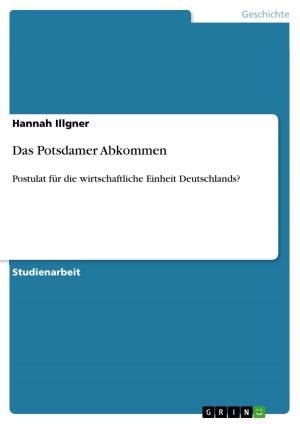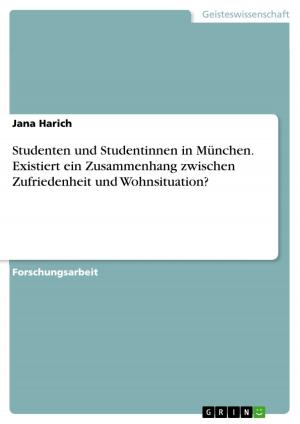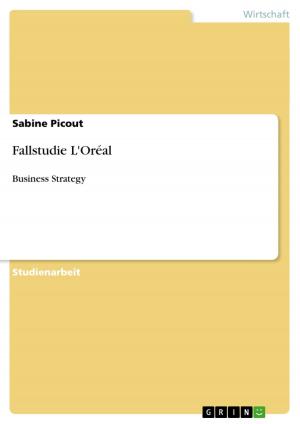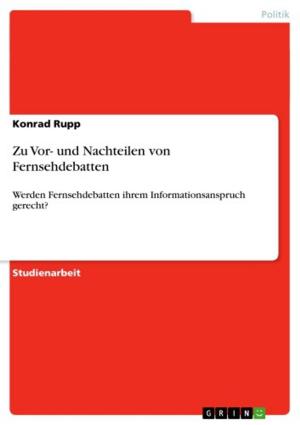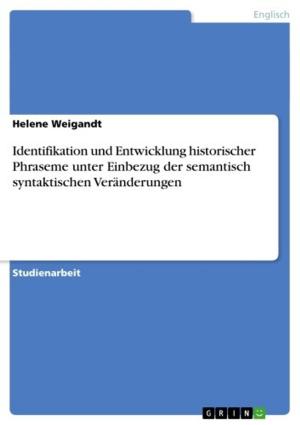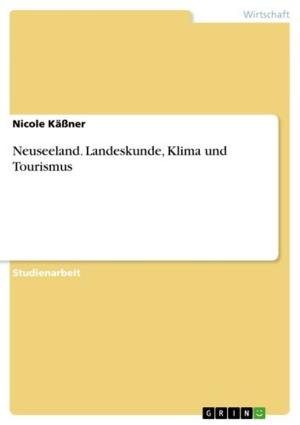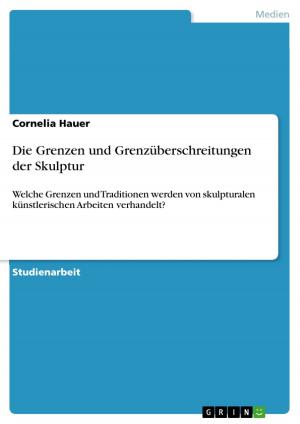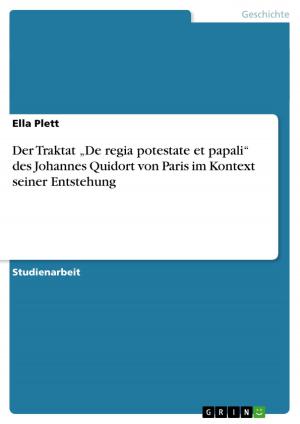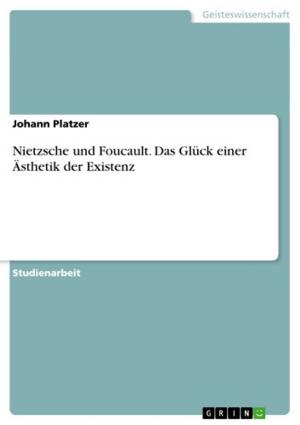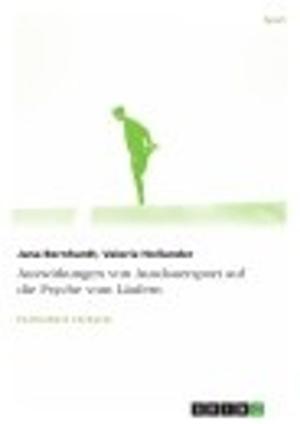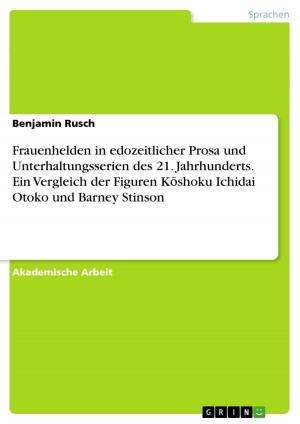Is this a compound?
Borderline cases and demarcation problems of English compounds
Nonfiction, Reference & Language, Study Aids, ESL, Foreign Languages| Author: | Daniel Schroeder | ISBN: | 9783656817802 |
| Publisher: | GRIN Verlag | Publication: | October 20, 2014 |
| Imprint: | GRIN Verlag | Language: | English |
| Author: | Daniel Schroeder |
| ISBN: | 9783656817802 |
| Publisher: | GRIN Verlag |
| Publication: | October 20, 2014 |
| Imprint: | GRIN Verlag |
| Language: | English |
Seminar paper from the year 2013 in the subject English - Pedagogy, Didactics, Literature Studies, grade: 1,2, University of Rostock, language: English, abstract: People recognize, differentiate, and understand, therefore, categorize ideas and objects in everyday life. Unsurprisingly, linguists classify words. Compounds, for instance, are a part of the human language, and an interesting process of word-formation. 'Is this a compound?' Sometimes linguists are unsure whether certain words are compounds or not. The definition of compounds is important because defining compounds simply 'as being lexeme[s] whose immediate constituents are representatives of lexemes' (Bauer 2005: 105) creates a wide array of borderline cases. Since neo-classical compounds and phrasal compounds, for example, do not consist of two words, it is incorrect to categorize these classes as forms of compounding, according to the definition. This problem can be solved, if one defines a compound as 'a word that consists of two elements, the first of which is either a root, a word or a phrase, the second of which is either a root or a word' (Plag 2003: 135). This definition explains the compound status of the neo-classical compounds because the constituents in these items, such as bio-, are central meaningful elements (bio- has the meaning 'life'), thus, can be considered as bound roots instead of affixes (see, e.g., Plag 2003: 73). Additionally, Plag's definition demonstrates that phrasal compounds can be classified as compounds because a phrase and either a root or word are joined together to a word in these complex words. Despite the advantages that this definition reveals, demarcation problems cannot be solved and borderline cases still arise regarding English compounds. '[W]e must emphasize that these [continuing, D.S.] classification difficulties are [...] the inevitable result of the fact that phenomena in living languages can rarely be compartmentalized into clearly [...] distinguishable categories' (Schmid 2011: 131). Firstly, this seminar paper will focus on the distinction between compounds and syntagmas and phraseologisms; secondly, the differentiation of compounds compared to other word-formation models that seem to have similar formations (dealing with the classes synthetic and verbal compounds) will be addressed. It will be discussed whether there are criterions that help to provide a sharp boundary between the mentioned processes. Additionally, this seminar paper aims to find solutions for ongoing borderline cases.
Seminar paper from the year 2013 in the subject English - Pedagogy, Didactics, Literature Studies, grade: 1,2, University of Rostock, language: English, abstract: People recognize, differentiate, and understand, therefore, categorize ideas and objects in everyday life. Unsurprisingly, linguists classify words. Compounds, for instance, are a part of the human language, and an interesting process of word-formation. 'Is this a compound?' Sometimes linguists are unsure whether certain words are compounds or not. The definition of compounds is important because defining compounds simply 'as being lexeme[s] whose immediate constituents are representatives of lexemes' (Bauer 2005: 105) creates a wide array of borderline cases. Since neo-classical compounds and phrasal compounds, for example, do not consist of two words, it is incorrect to categorize these classes as forms of compounding, according to the definition. This problem can be solved, if one defines a compound as 'a word that consists of two elements, the first of which is either a root, a word or a phrase, the second of which is either a root or a word' (Plag 2003: 135). This definition explains the compound status of the neo-classical compounds because the constituents in these items, such as bio-, are central meaningful elements (bio- has the meaning 'life'), thus, can be considered as bound roots instead of affixes (see, e.g., Plag 2003: 73). Additionally, Plag's definition demonstrates that phrasal compounds can be classified as compounds because a phrase and either a root or word are joined together to a word in these complex words. Despite the advantages that this definition reveals, demarcation problems cannot be solved and borderline cases still arise regarding English compounds. '[W]e must emphasize that these [continuing, D.S.] classification difficulties are [...] the inevitable result of the fact that phenomena in living languages can rarely be compartmentalized into clearly [...] distinguishable categories' (Schmid 2011: 131). Firstly, this seminar paper will focus on the distinction between compounds and syntagmas and phraseologisms; secondly, the differentiation of compounds compared to other word-formation models that seem to have similar formations (dealing with the classes synthetic and verbal compounds) will be addressed. It will be discussed whether there are criterions that help to provide a sharp boundary between the mentioned processes. Additionally, this seminar paper aims to find solutions for ongoing borderline cases.

